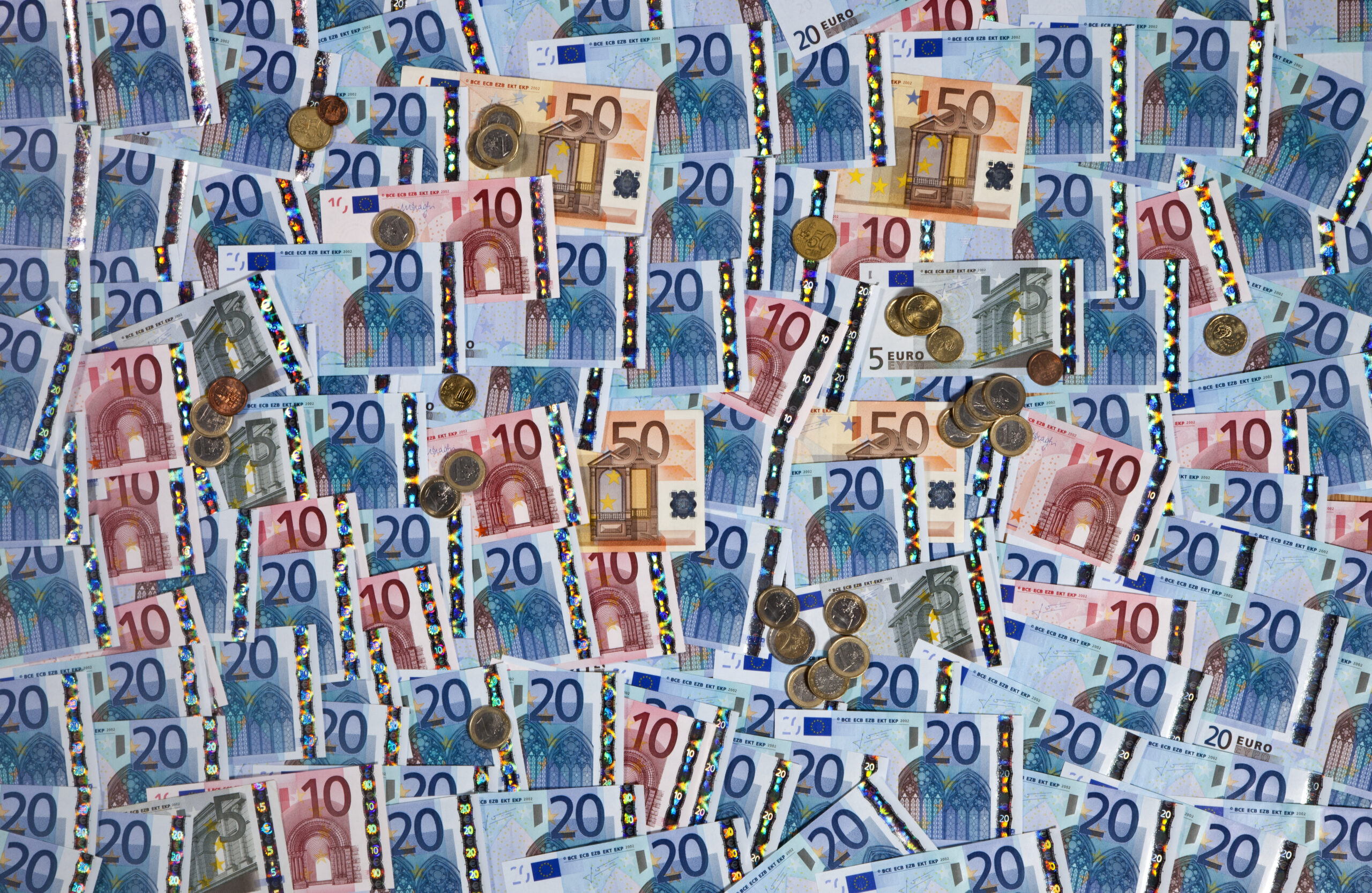The notable plummet in Euro zone bond yields, driven by the prospect of cooling U.S. inflation, has sparked a surge of optimism among investors. This positive development suggests that peak interest rates may be on the horizon, marking a significant shift in market sentiment. Benchmark 10-year government bond yields from Germany, France, and Italy experienced an 8-9 basis points (bps) drop in early trade, indicating a growing confidence in the global interest rate landscape.
Anticipating Lower Interest Rates, Plummet in Euro Zone Bond Yields Coincides with Signals of Declining U.S. Inflation
The decline in German 10-year Bund yields was particularly remarkable, reaching as low as 2.47% (DE10YT=RR), marking the lowest level observed in approximately a week. This significant drop follows a 10 bps fall on the previous day after U.S. data revealed that consumer prices experienced their smallest annual increase in more than two years during June. The market’s positive response reflects its increasing belief in the improvement of the U.S. inflation outlook and the potential impact on global interest rates.
Similarly, Italian yields also witnessed a substantial tumble of over 20 bps in the past two sessions, stabilizing at approximately 4.18% IT10Y. These pronounced movements in bond yields reflect the market’s growing confidence in the positive trajectory of U.S. inflation and the subsequent impact on global interest rates.
Peter Schaffrik, the global macro strategist at RBC Capital Markets, shed light on the shifting market sentiment, remarking, “Markets have gone from moving towards a hard landing, super high inflation and rate hikes back to a soft landing (scenario). And you can see that also in higher equities.” This sentiment indicates a collective belief within the market that the era of high inflationary pressures and potential interest rate hikes is evolving into a more manageable economic landscape.
Although the recent U.S. Consumer Price Index (CPI) data may not dissuade the Federal Reserve from proceeding with a rate hike in July, the likelihood of further hikes has diminished. Analysts at ING emphasize that the CPI data will not prevent the Federal Reserve from pursuing the expected rate hike in July. However, market perceptions are shifting, and the data contributes to a growing sentiment that additional rate hikes may become less probable, aligning with the evolving market sentiment.
In the Euro zone, expectations of rate hikes have been slightly tempered following the release of the U.S. data. All eyes are now on the release of the minutes from the June European Central Bank (ECB) meeting, scheduled for later in the day. The ECB had previously raised rates by a quarter point in June, and it is widely expected to continue its tightening path during the upcoming July meeting.
Peter Schaffrik expresses confidence in the ECB’s future actions, asserting, “The ECB will hike again, and anything else would be a major surprise.” This sentiment aligns with the broader market expectation of continued rate hikes by the ECB. It also reflects the prevailing belief that central banks will adopt a more cautious approach in response to signs of moderating inflation.
Click here to view the Live European Government Bond Yields
The decline in Euro zone bond yields and the growing perception of lower interest rates have spurred a wave of optimism among investors. Lower interest rates typically benefit equities, contributing to the recent upward trajectory observed in stock markets. However, it is crucial to recognize that market dynamics can swiftly change, and uncertainties persist in the global economic landscape.
As market participants eagerly await the release of the minutes from the June ECB meeting, there is a sense of anticipation regarding the central bank’s future course of action. The minutes will provide valuable insights into the ECB’s assessment of economic conditions and its outlook on interest rates. Any deviation from market expectations in these minutes could potentially trigger significant market volatility, underscoring the importance of staying informed and adaptable in response to evolving market dynamics.
Conclusion
In conclusion, the Euro zone bond market experienced a significant drop in yields as investors celebrated the cooling U.S. inflation outlook. The decline in bond yields signals expectations of lower interest rates and a shift in market sentiment towards a more moderate economic environment. While the Federal Reserve may proceed with a rate hike in July, further hikes appear less likely. The focus now turns to the ECB’s upcoming meeting and its anticipated continuation of rate hikes. However, as always, market conditions can change rapidly, and careful monitoring of future developments is essential.
Click here to read our latest article on The Surge in Crude Oil Prices as US Dollar Weakens


